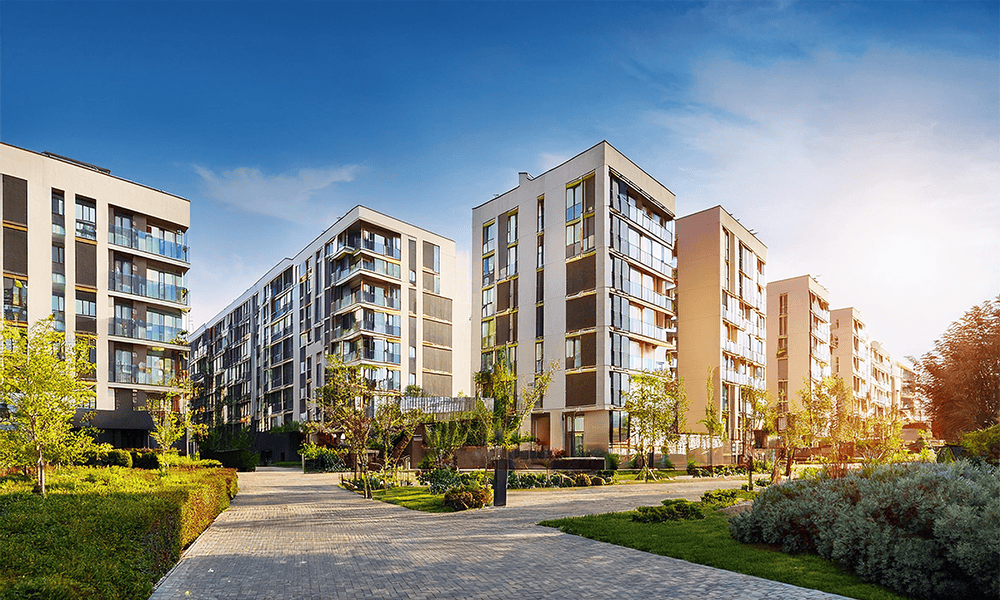
How to assess condominium location value? Beyond the price tag
Location assessment is the critical first step when evaluating a condominium’s value, yet many buyers focus solely on the unit and its price tag. The location’s impact on lifestyle quality, convenience, and future resale potential often exceeds the importance of interior finishes or amenities. Projects like https://www.promenade-peaks.com.sg showcase how strategic location analysis can reveal value that isn’t immediately apparent in the listing price.
Table of Contents
TogglePrice-to-value metrics
Concrete metrics exist to quantify a location’s true worth beyond emotional impressions. Price per square foot comparisons between nearby developments reveal whether you’re paying a premium or getting a bargain relative to the neighbourhood. These figures should be tracked over 3-5 years to identify appreciation trends specific to that exact location. Historical resale data specifically for condominiums in the area provides crucial context about value stability. Look for locations where prices recovered quickly after market downturns, suggesting more substantial fundamental value. This resilience indicates location advantages that transcend market cycles.
Daily lifestyle impact
The daily impact of location on your lifestyle can be systematically evaluated through a convenience scorecard approach. Rate potential condominium locations on:
- Walking time to daily necessities (groceries, pharmacy, coffee)
- Public transit options and frequency of service
- Driving time to major employment centres
- Access to green spaces and recreational facilities
- Proximity to healthcare facilities
Locations scoring well across these categories typically command higher prices initially but experience stronger value retention. The convenience premium is rarely overpriced when evaluated over the whole ownership period. Transit developments deserve special scrutiny when assessing location value. Areas with planned MRT expansions, new bus routes, or road improvements often see property value jumps of 10-15% upon completion. Research upcoming infrastructure projects through public records to identify locations poised for appreciation.
Masked location advantages
Several less obvious factors signal location value that current pricing might not reflect. School district boundaries can dramatically impact resale value even for buyers without children. The premium for top school zones often increases over time as education quality becomes more competitive. Low crime statistics correlate strongly with property value stability. Areas with decreasing crime rates often experience above-average appreciation before the market fully recognises the improvement. Police websites and crime mapping tools provide objective data to evaluate this location aspect. Noise pollution varies dramatically even within the same neighbourhood. Visit potential condominium locations at different times, including:
- Early morning rush hour
- Weekend evenings
- Late night hours
- During rainfall (to check for traffic noise amplification)
Locations with lower ambient noise typically command value premiums that increase over time as urban density grows.
Long-term value growth
Zoning maps and development plans provide crucial clues about a location’s trajectory. Areas transitioning from industrial to mixed-use or residential typically experience value increases that outpace market averages. Research municipal plans to identify emerging neighbourhoods before prices fully reflect their potential. Economic anchors near a condominium location provide stability against market fluctuations. Locations near hospitals, universities, government centres and established commercial districts typically maintain stronger value during downturns and recover more quickly afterwards. Population density trends reveal locations gaining in popularity before pricing fully adjusts. Areas experiencing increasing density typically see corresponding retail and service improvements that enhance value. Census data and municipal planning documents can help identify these emerging value zones.
When assessing condominium location value, looking beyond the price tag requires analysing these quantifiable factors rather than relying solely on current pricing or aesthetic impressions.

Michelle Joe is a blogger by choice. She loves to discover the world around her. She likes to share her discoveries, experiences, and express herself through her blogs.






